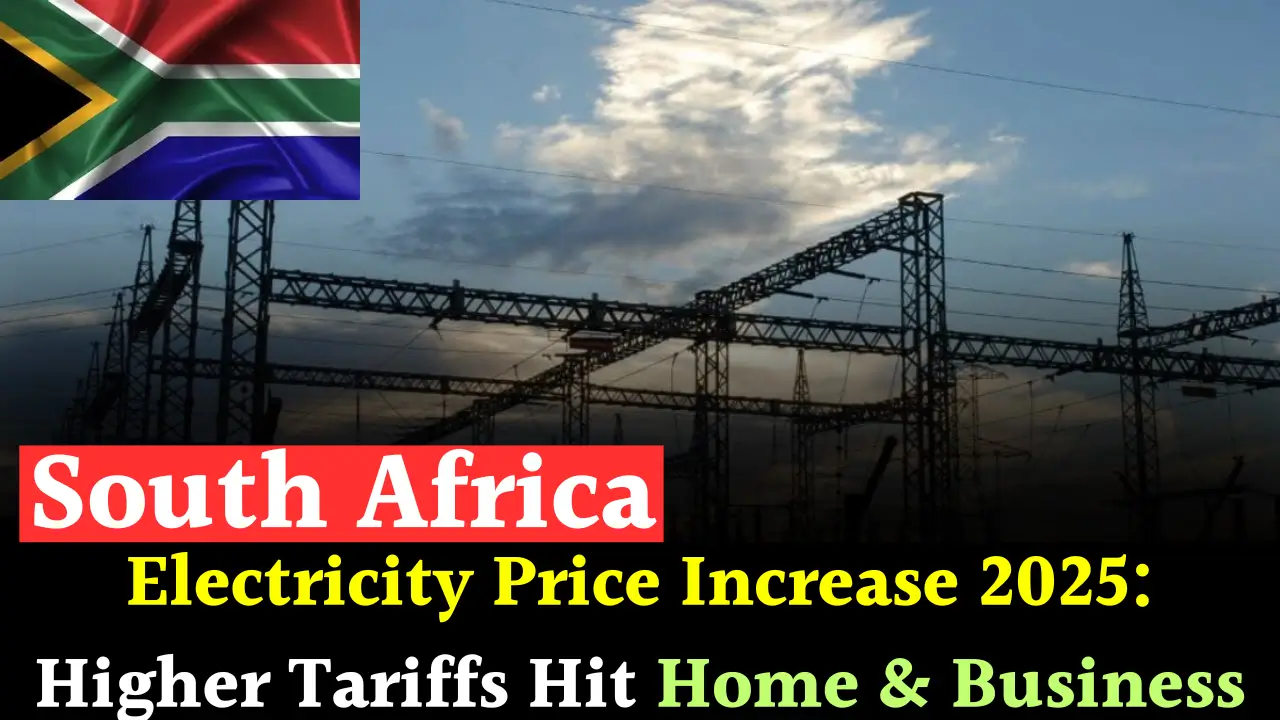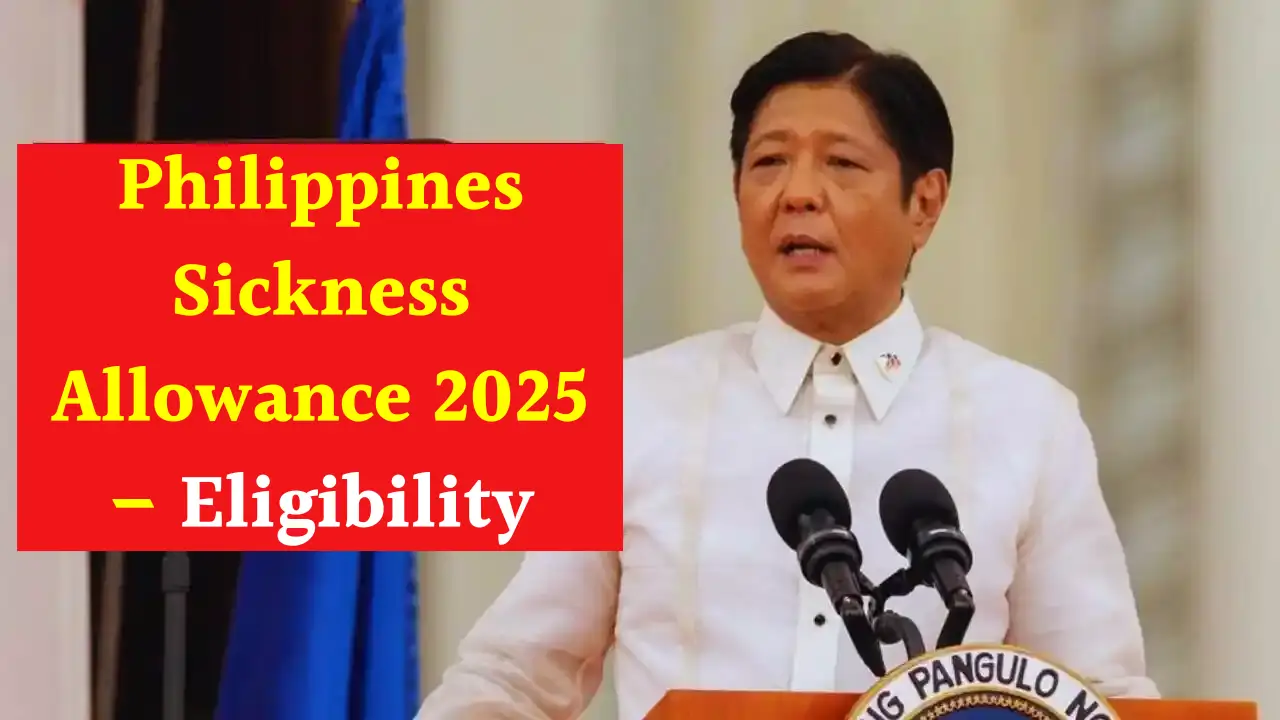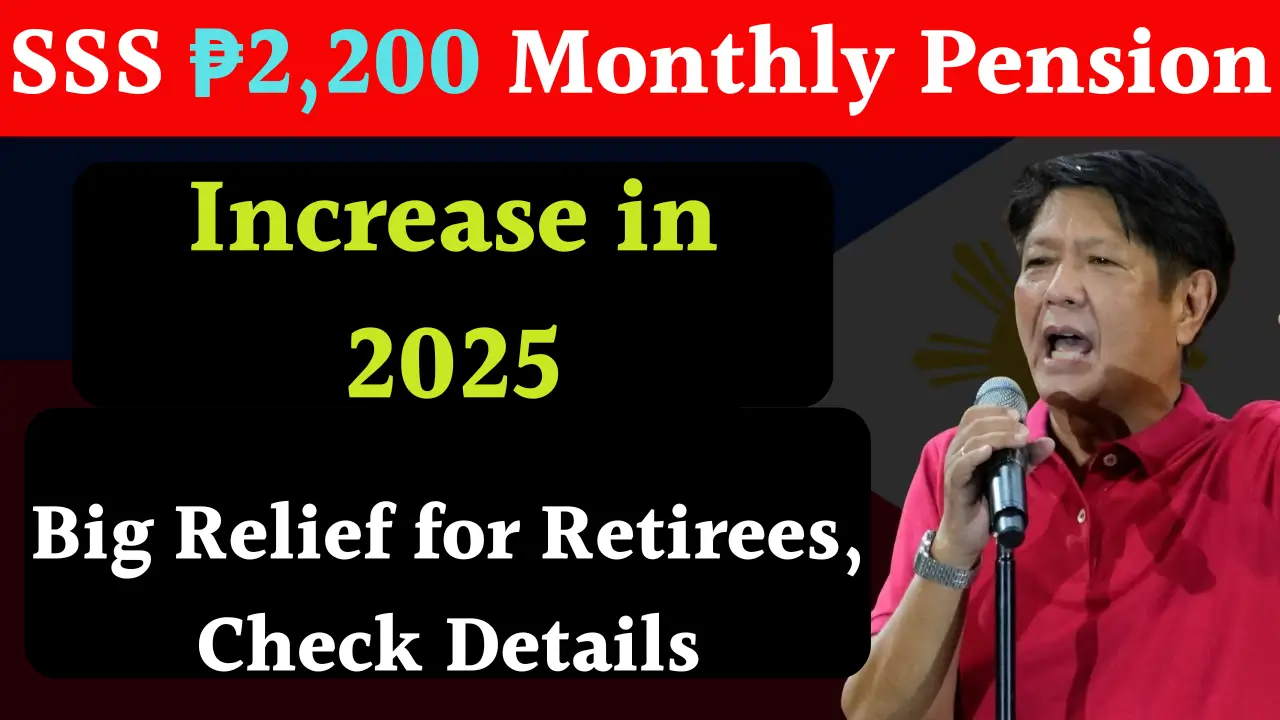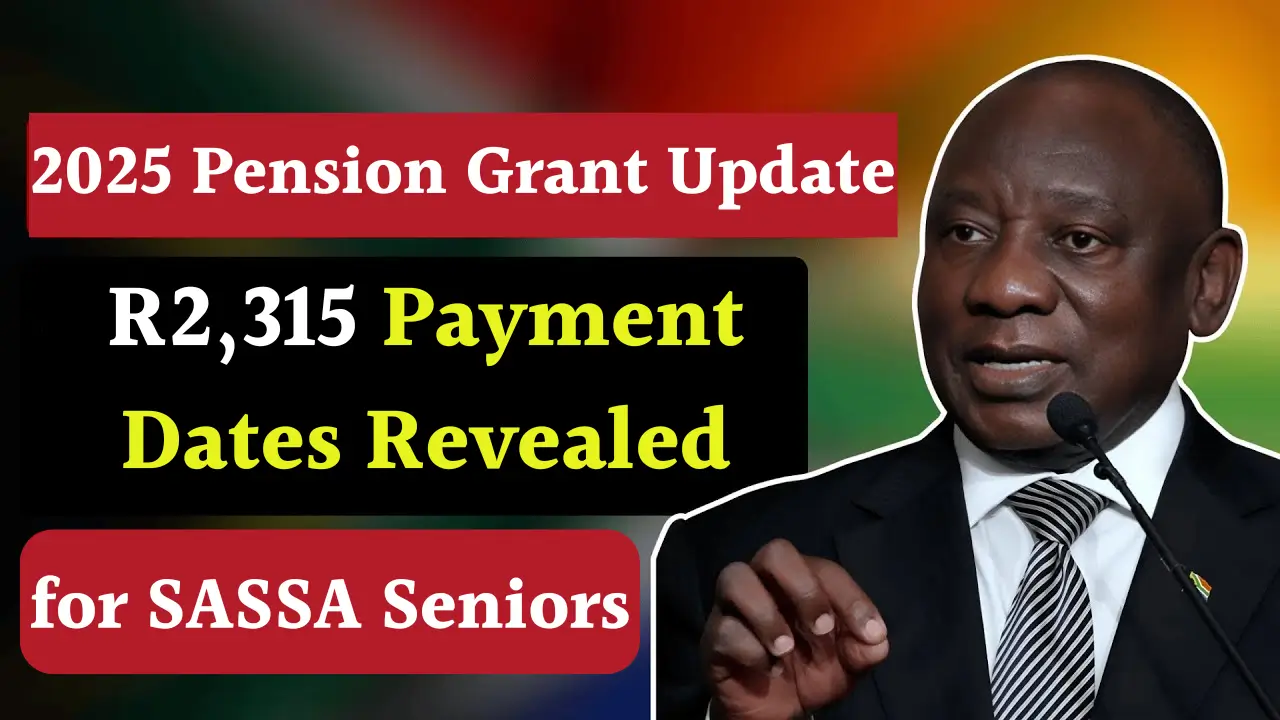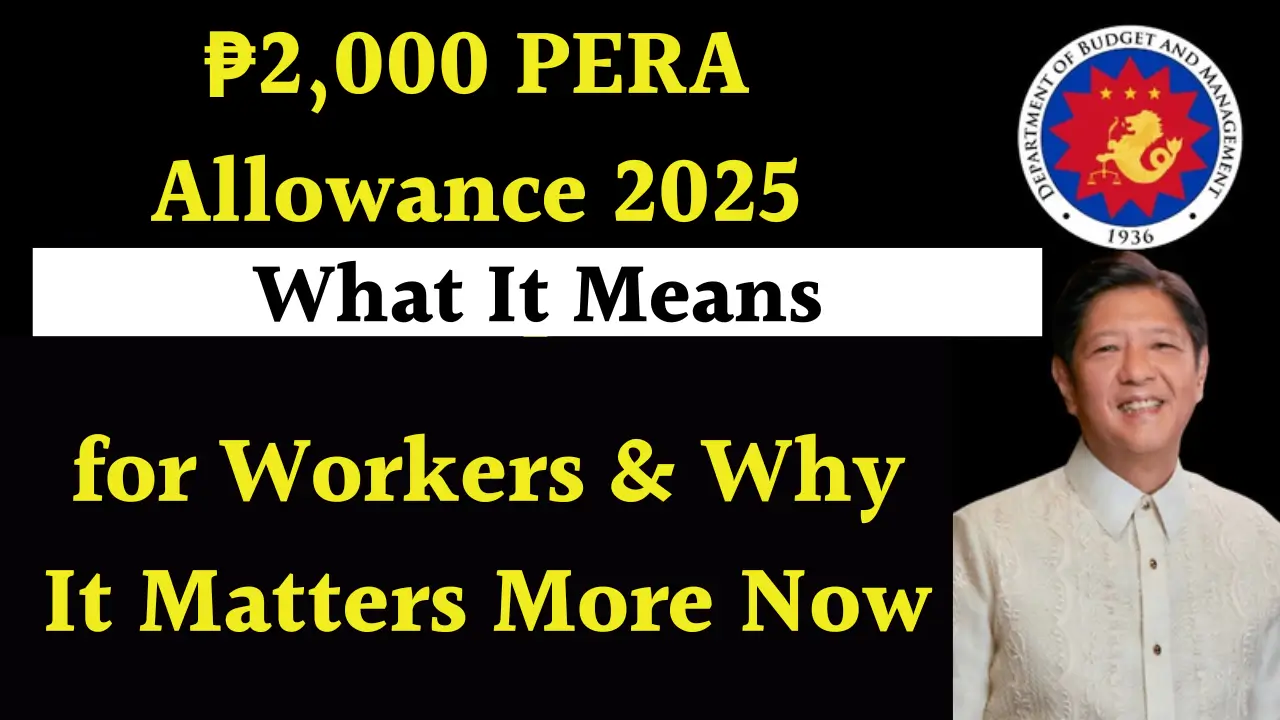South Africa is experiencing a significant electricity tariff increase for 2025, with Eskom direct customers facing a 12.74% hike and municipal bulk purchases rising by 11.32%. These higher tariffs, approved by the National Energy Regulator of South Africa (NERSA), mark a major turning point in the country’s economic landscape, deeply impacting households, businesses, and strategic sectors such as agriculture and manufacturing.
Tariff Structure Changes in 2025
The new Eskom tariff structure comes with substantial changes beyond percentage increases. For direct customers, a 12.74% price rise applies from April 2025, while municipalities that distribute power to local residents have seen increases of 11.32% since July 2025.
- Residential Homelight customers now pay a uniform rate for all consumption, removing previous graduated blocks.
- Municipal tariffs have been consolidated for easier bulk purchasing, with new “Municflex”, “Municrate”, and “Public Lighting” options now assisting local authorities.
- Time-of-use tariffs have been adjusted, evening peak hours extended and block rate tariffs abolished for most residential customers.
South Africa Electricity Tariffs Table (2025–2026)
Here’s an overview of key Eskom electricity tariff increases:
| Tariff Category | Increase (%) [FY2025–26] |
|---|---|
| Eskom Direct Customers | 12.74 |
| Municipal Bulk Purchases | 11.32 |
| Urban Large Power Tariffs | 12.74 |
| Residential Homelight | 12.74 |
| Rural Tariffs | 12.74 |
| Local Authority Tariffs | 11.32 |
Economic Impact on Households
Electricity price hikes have profound consequences for household finances, especially among South Africa’s vulnerable populations.
- Low-income families are hardest hit, often forced to choose between essential needs such as food and electricity.
- Sharp increases in monthly electricity bills—sometimes well above the official average—are common due to structural changes like new capacity and service charges.
- Government relief measures, such as Free Basic Electricity allowances, offer limited protection, but often fail to fully offset increased household energy costs.
Implications for Businesses and Industry
Businesses of all sizes face a direct increase in operational costs due to higher electricity tariffs. Small and medium enterprises (SMEs) are particularly affected, with many struggling to absorb additional costs without passing them to consumers.
- Increased electricity prices lead to higher product and service charges, further driving inflation and reducing consumer purchasing power.
- Key sectors such as agriculture and manufacturing are especially vulnerable, with electricity making up a significant portion of their input costs.
- Some commercial users have seen bill increases up to 30% or more, especially those with complex contracts or reseller arrangements.
Sectoral Analysis: Agriculture, Manufacturing, and Services
The electricity price increase has severe ramifications for South Africa’s strategic sectors.
Agriculture
- Electricity comprises about 6% of total production costs in agriculture.
- Higher tariffs threaten farm profitability, may lead to output reductions, and drive up food prices.
- Economic models forecast a 0.31% decline in employment, a 0.28% contraction in GDP, and a 0.86% drop in export volumes in the short run.
Manufacturing
- Increased overheads for energy-intensive operations may complicate efforts to remain competitive, potentially triggering downsizing and reduced investments.
- Manufacturers may transfer higher costs to consumers, aggravating inflation.
Services
- Rising tariffs impact digital platforms, retail, hospitality, healthcare, and educational institutions due to increased utility expenses.
- Small businesses in service industries, lacking scale for energy efficiency investments, face higher risk of closure or job loss.
Rural and Urban Socioeconomic Effects
Both rural and urban communities are contending with the adverse effects of electricity price hikes.
- Rural areas reliant on bulk electricity for farming, cold chain, and irrigation operations experience compounded pressure.
- Urban residents face steeper bills, with structural changes adding sudden, unpredictable costs.
- Social grants and rural subsidies provide limited relief, often insufficient for current consumption patterns.
Mitigation and Energy Transition Strategies
South Africans are adopting several measures to manage these rising costs:
- Investments in renewable energy, particularly solar PV, are growing among farmers and businesses seeking energy self-reliance.
- Government initiatives, such as the Agro-Energy Fund and Comprehensive Agricultural Support Programme (CASP), help cushion the impact by supporting energy-intensive agricultural producers.
- Households and commercial users are increasingly considering advanced energy management systems and efficiency upgrades.
Macroeconomic Effects: GDP, Employment, and Inflation
Higher electricity tariffs exert multifaceted pressure on South Africa’s macroeconomic stability:
- GDP is projected to temporarily contract, driven by increased production costs and reduced investment.
- Aggregate employment may fall as businesses, especially in energy-intensive sectors, cut jobs or scale back operations.
- The consumer price index will continue to rise, with electricity price hikes feeding into wider inflationary pressures.
Table: Short-Term Economic Impact Forecast
| Indicator | Forecast Change (after tariff hike) |
|---|---|
| Aggregate Employment | -0.31% |
| Real GDP | -0.28% |
| Export Volumes | -0.86% |
| Consumer Price Index | +0.65% |
Policy Challenges and Future Outlook
South Africa’s electricity tariff increases reflect Eskom’s drive to recover costs, upgrade infrastructure, and improve grid stability. However, persistent financial stress at Eskom, continued load shedding, and socio-economic challenges raise questions about long-term affordability and sustainability.
Policymakers are under increasing pressure to:
- Accelerate investments in renewable and decentralized generation to reduce Eskom dependency.
- Expand and reform subsidy schemes for vulnerable populations.
- Encourage energy efficiency across all sectors.
The path forward requires careful balancing—supporting Eskom’s recovery and modernization while safeguarding economic growth and household welfare.
Frequently Asked Questions (FAQs)
Q1. Why has South Africa’s electricity price increased so sharply in 2025?
South Africa’s electricity prices increased due to Eskom’s financial recovery needs and operational cost pressures, with NERSA approving tariff hikes to ensure grid sustainability.
Q2. Who is most affected by the higher electricity tariffs?
Low-income households, SMEs, and critical sectors like agriculture and manufacturing are most affected due to higher bills and increased operational costs.
Q3. Will government subsidies or relief programs protect vulnerable groups?
Limited government programs such as Free Basic Electricity, Agro-Energy Fund, and CASP offer partial relief, but many vulnerable groups still struggle with higher costs.
Q4. How do higher electricity tariffs impact inflation and employment?
Higher electricity prices increase production costs, reduce employment, and drive up inflation by making goods and services more expensive.
Q5. What solutions exist for managing electricity cost increases?
Adoption of renewable energy, energy-efficiency measures, and leveraging available government programs are main strategies for managing rising electricity costs.
Conclusion
South Africa’s 2025 electricity price increases mark a crucial challenge for the country’s economic growth, social equity, and energy future. Policymakers, businesses, and citizens must collaborate to transition towards sustainable and affordable energy while ensuring that vulnerable populations are not left behind. Proactive measures—policy interventions, investment in renewables, and energy-efficient practices—are essential for navigating the economic headwinds created by higher tariffs.

